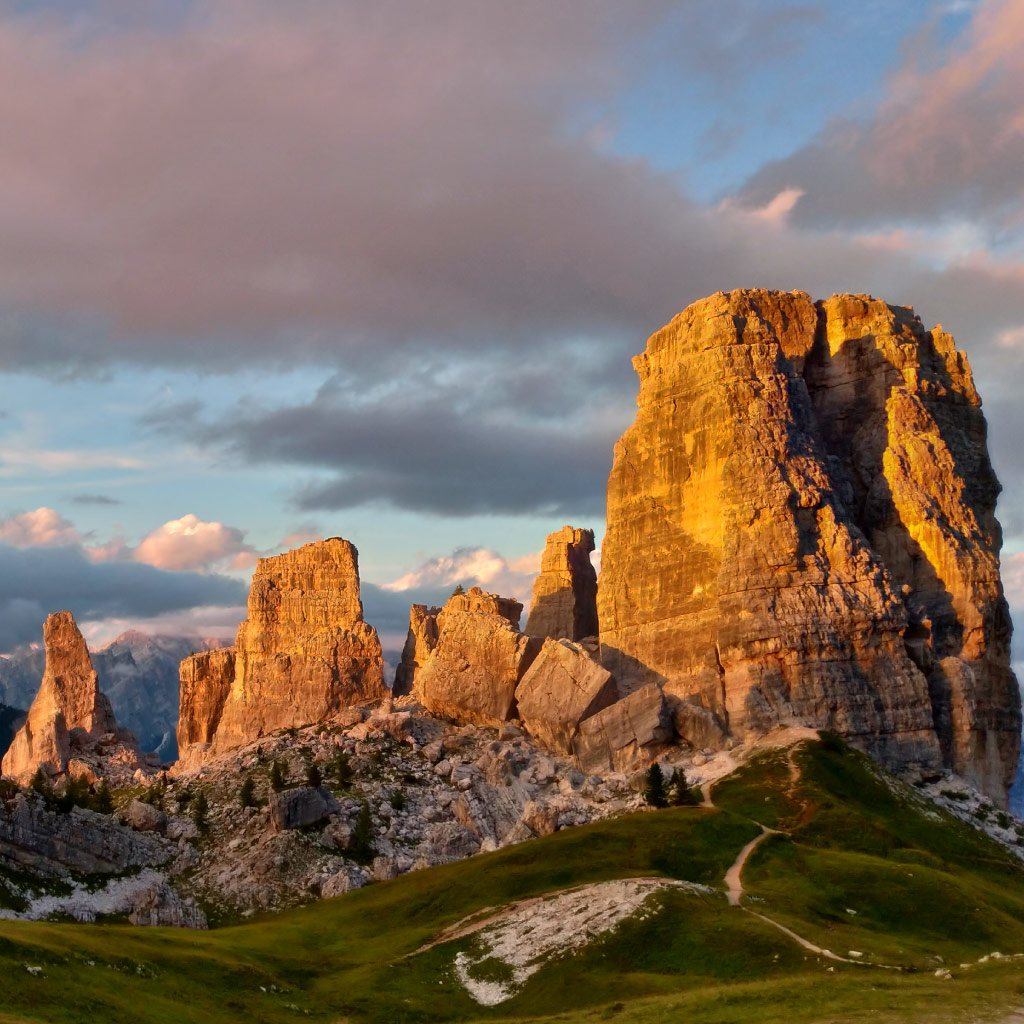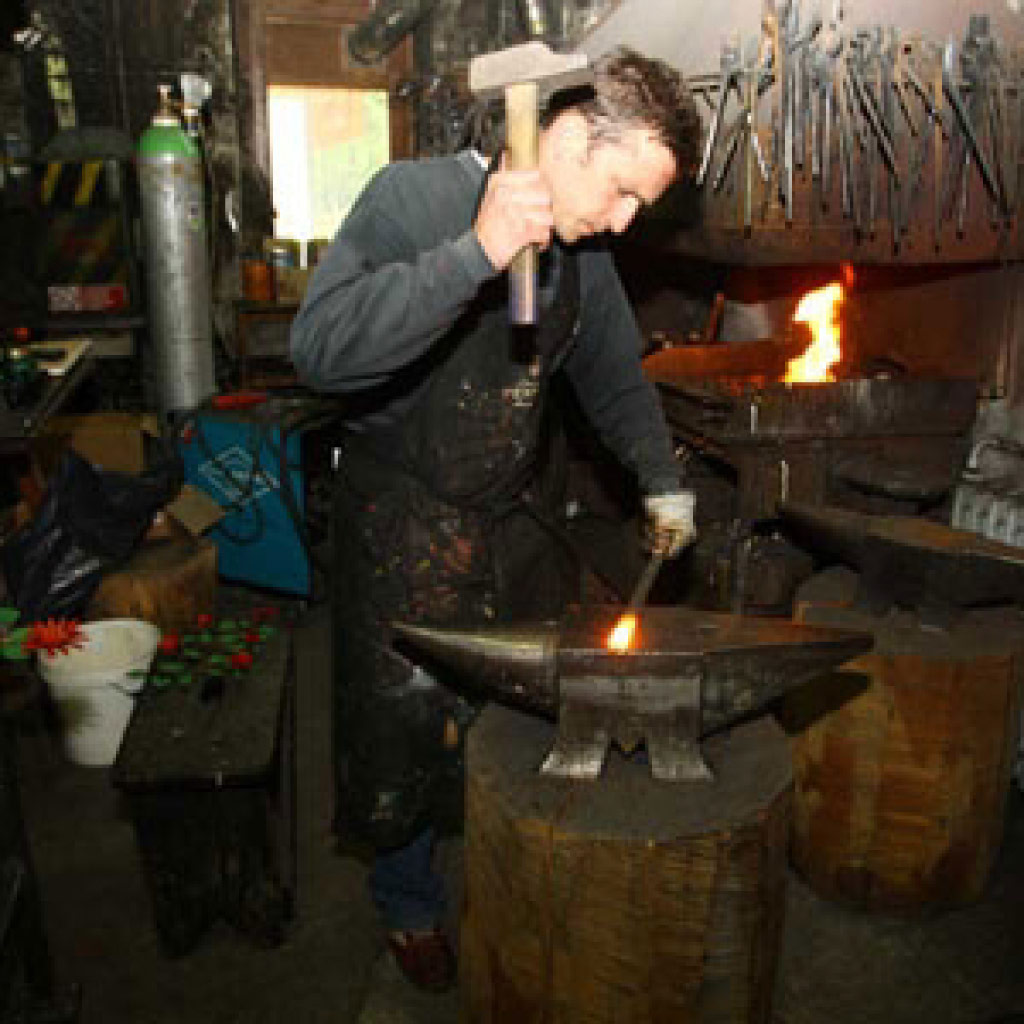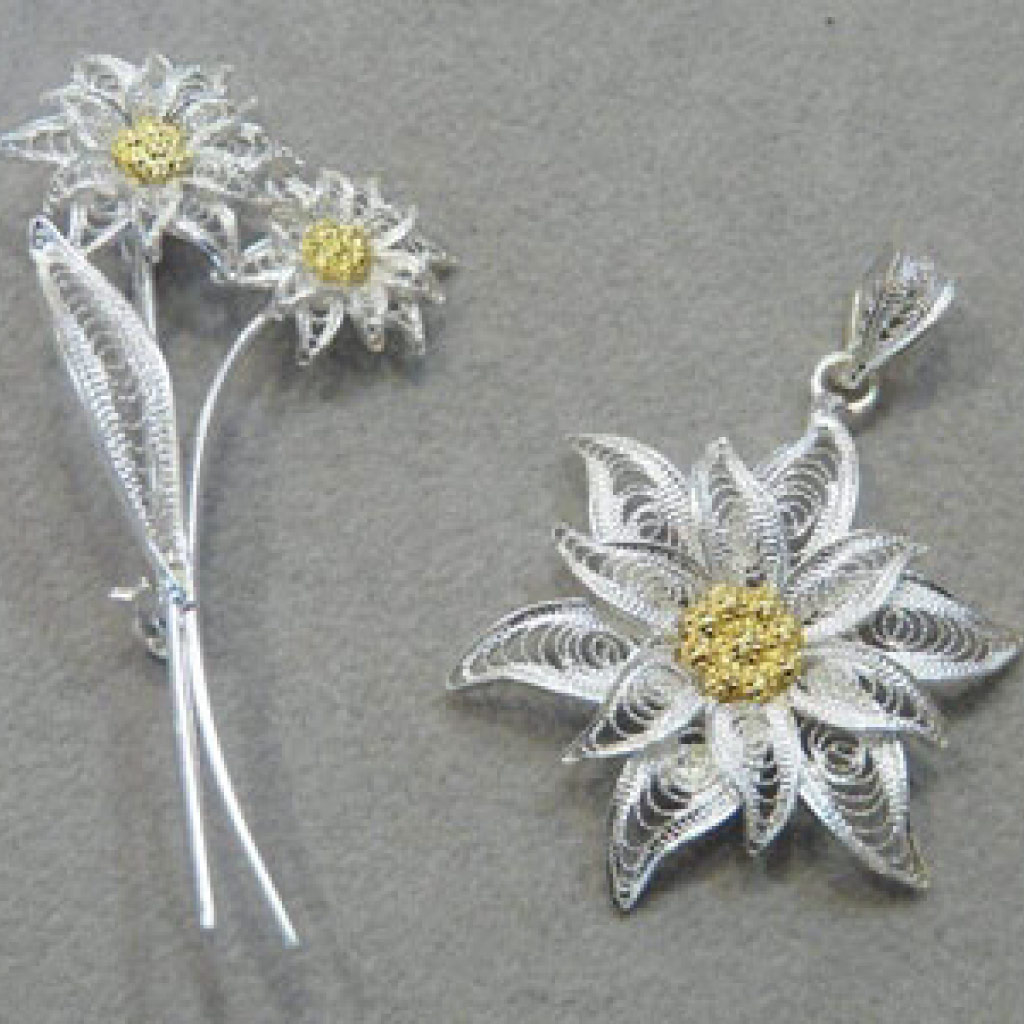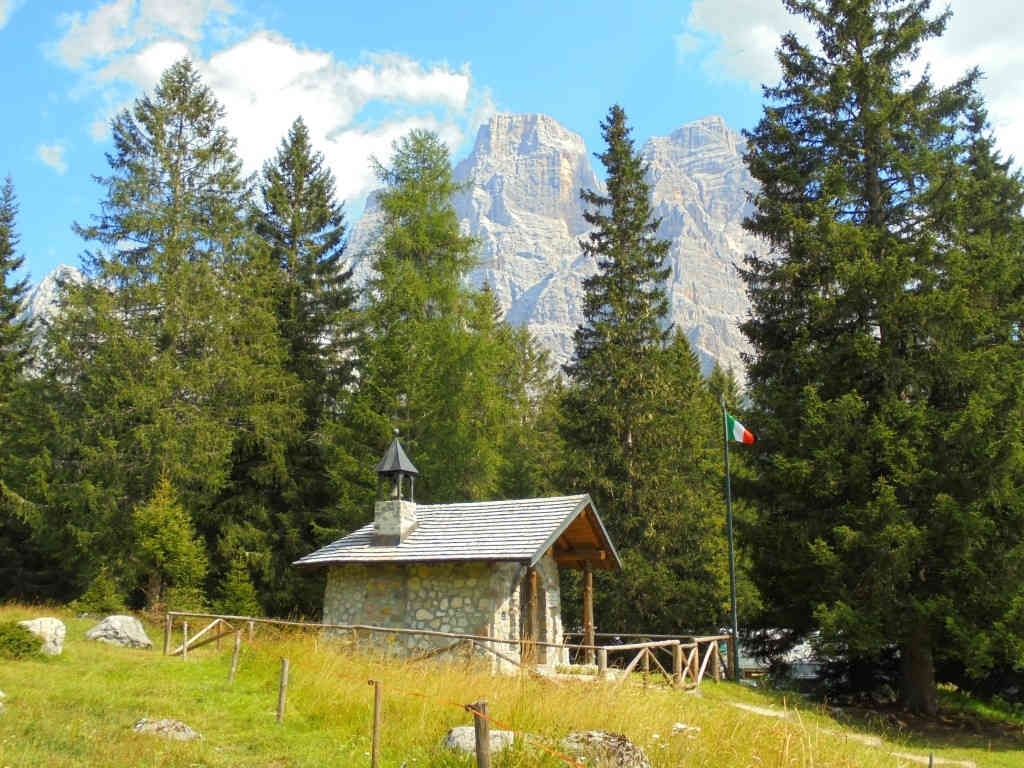The ladin language and the dialects of the dolomites
One of the first traditions safeguarded by mountain people is their ladin language also called “Ladin Dolomitan” that is the Dolomite's ladin. A melting pot of all the dialects belonging to the Ladin tongue that you can find also in Friuli and in Graubünden, one of the cantons of Switzerland.
The valleys of the historic ladinia are five: Val Badia, where they speak “Badiot”, Val Gardena (Gherdëina), Val di Fassa (Fascian), Livinallongo - Arabba (Fodom) and Ampezzo (Ampezan). This means about 30,000 inhabitants that make up what has been left of a territory where the ladin language is still written and spoken, although less than in the past. In the past, the ladin language was considered a dialect. Today, in addition to German and Italian, Ladin is recognized as the third official language and it is also taught in schools.
The Agordino's dialect has attracted linguists as Giovanni Battista Pellegrini, author of essays on Agordo's dialects, or scholars such as Giovanni Battista Rossi, author of the Ladin dialects of the Agordino area vocabulary. Also the Val di Zoldo valley has its own dialect: "the zoldano".
See also "The museums of the Valle di Fodom"

Dolomites legends
The Dolomites are home to an ancient tradition of legends and story-telling passed down through the centuries. The story goes that the Princess of the Moon fell in love with the Prince of the Dolomites, but when she was on the Earth she became homesick for her glowing white home. The Prince of the Mountain Forests ordered his gnomes to make his kingdom shine like the Moon.
At the next full moon, his miniature subjects went to work, spinning the moon's rays into threads. The endless piles of silver thread were then unwound over all the mountain slopes, cliffs and valleys, covering them with a shining white mantle.
And so the Prince was able to bring his Princess back to his mountain kingdom, where she no longer felt homesick.
At the next full moon, his miniature subjects went to work, spinning the moon's rays into threads. The endless piles of silver thread were then unwound over all the mountain slopes, cliffs and valleys, covering them with a shining white mantle.
And so the Prince was able to bring his Princess back to his mountain kingdom, where she no longer felt homesick.
Thus goes the tale of Carlo Felice Wolff called "Lusor de Luna". Ever since, the Dolomites have been called The Pale Mountains, a fairytale place for an unforgettable holiday in the UNESCO Dolomites.



